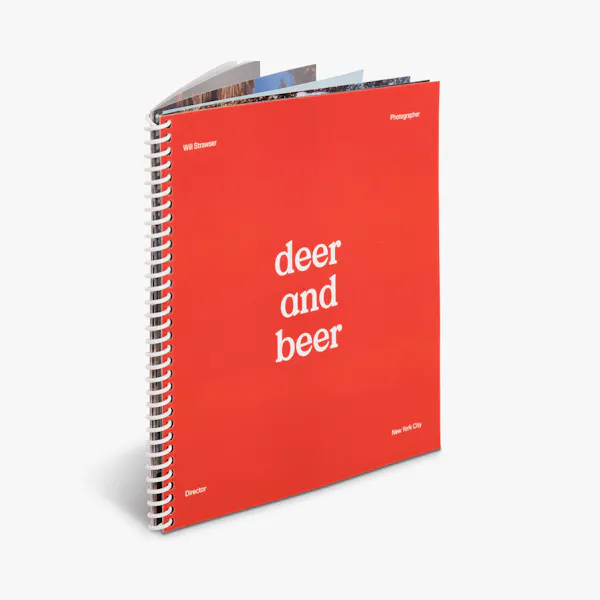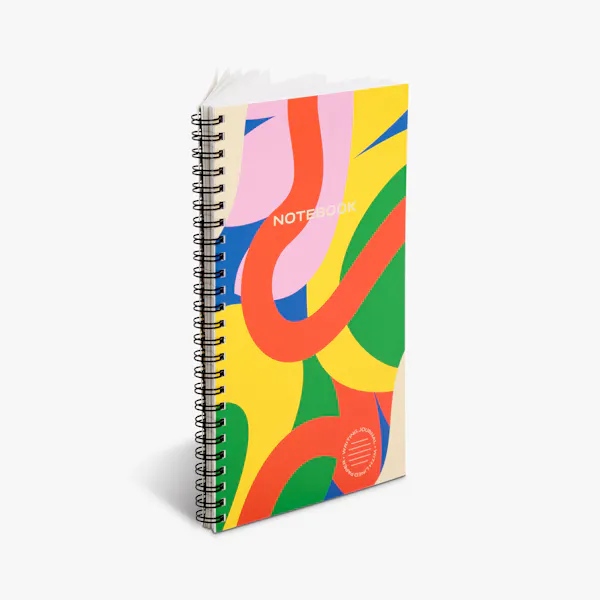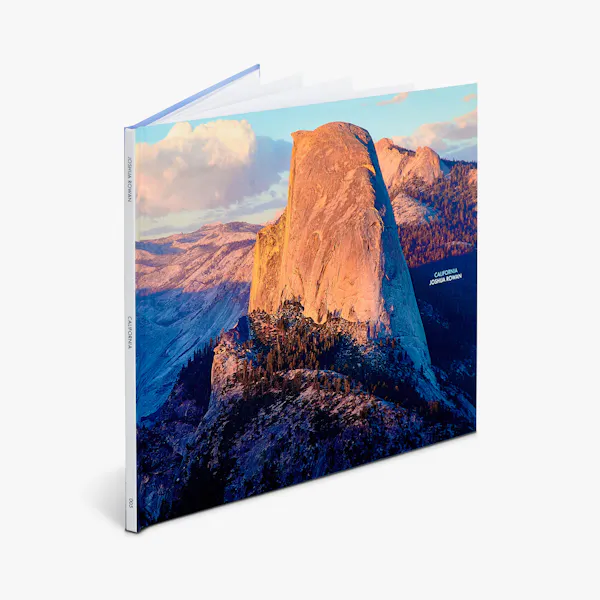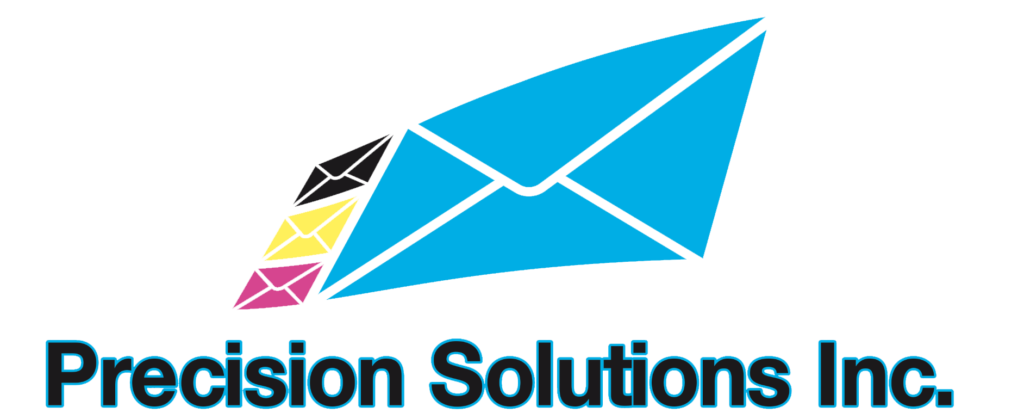5 Popular Types of Binding for Booklets
When it comes to printing custom booklets for your business or organization—whether you’re producing a promotional brochure, product catalog, instructional manual, event program, or any other multi-page document—choosing the right type of binding is a crucial step in the process. The binding method not only affects the final appearance and feel of the booklet but also determines how it functions, how durable it is, and how cost-effective the printing job will be.
With multiple binding options available, it’s important to understand how each method differs in terms of structure, application, and pricing. In this guide, we’ll walk through five of the most popular booklet binding styles used in the printing industry today, highlighting their unique features, use cases, and advantages—so you can make an informed decision for your next print project.
Saddle Stitch Binding
What is Saddle Stitch Binding?
Saddle Stitching is one of the most common and cost-effective methods for binding booklets. It involves folding printed sheets in half, nesting them together, and then stapling them along the fold line—typically with two staples. The result is a clean, streamlined booklet that opens flat for easy reading.
Each folded sheet accounts for four pages (front and back), and a separate folded sheet often serves as the cover. The cover is usually printed on heavier paper stock for added durability, although some booklets use the same paper weight for both cover and interior, which is referred to as a “self-cover” booklet.
Key Benefits of Saddle Stitch Binding:
Clean and Professional Look – Offers a tidy and polished finish.
Great for Shorter Projects – Ideal for lower page counts (generally under 64 pages).
Full-Page Visibility – Opens fully without losing content in the spine.
Fast Turnaround – Efficient production for tight deadlines.
Cost-Effective – One of the most affordable binding options available.
Event programs
Small brochures
Newsletters
Thin product catalogs
Instruction manuals
Comic books
Multi-page wall calendars

Perfect Binding
What is Perfect Binding?
Perfect Binding is commonly used for thicker booklets and publications. With this method, the individual pages are gathered into a block, and the edge is glued into a wraparound cover using a strong hot-melt adhesive. The three remaining edges are then trimmed to create a smooth, square finish—hence the name “perfect” binding.
One of the biggest advantages of perfect binding is the printable spine, which can feature a title, author name, or branding elements—making it an excellent choice for retail-style publications or corporate materials.
Professional Appearance – Clean lines and square edges offer a sleek finish.
Durable and Strong – Ideal for documents with medium to high page counts.
Printable Spine – Enhances branding and shelf visibility.
Neatly Stacked – Lays flat when stored or stacked.
Still Affordable – Offers added value at a slightly higher cost than saddle stitch.
Thick product catalogs and company reports
Softcover books and publications
Annual reports
Graphic novels and comic collections
Instruction manuals and employee handbooks
Poetry and story collections

Spiral Binding (Coil Binding)
What is Spiral Binding?
Spiral Binding, also called Coil Binding, uses a continuous plastic coil threaded through holes punched along the booklet’s edge. The coil is then crimped at both ends to keep it securely in place. This method offers excellent flexibility—literally and figuratively—as the pages can turn 360 degrees and lie completely flat when opened.
Spiral coils are made from durable PVC plastic, which resists damage from frequent use. These coils are also available in various colors and diameters, making them easy to match to your design and accommodate different page counts.
Full Rotational Use – Opens 360 degrees for hands-free reading.
Highly Durable – Resistant to bending and wear.
Customizable Appearance – Coils come in different sizes and colors.
Functional and Versatile – Can be bound along top or side edges.
Compatible with Tabs – Great for index-heavy documents.
- Training guides and workbooks
- Cookbooks and field guides
- Music books
- Flip books and instruction manuals
- Waterproof and outdoor-use documents

Wire-O Binding
What is Wire-O Binding?
Wire-O Binding is similar in structure to spiral binding but uses a double-loop wire spine made of metal rather than plastic. These loops are inserted through punched holes and then crimped closed to form circular rings that hold the pages securely while allowing for 360-degree rotation.
This method is known for its elegant look and is often chosen for high-end presentation materials, marketing documents, and corporate reports. Wire-O binding is available in various metallic finishes and sizes, adding both style and functionality to your printed materials.
Elegant and Modern Appearance – Adds polish and sophistication.
Lays Completely Flat – Ideal for reference and note-taking.
Double-Loop Security – Pages are held securely in place.
Presentation-Friendly – Excellent for meetings and proposals.
Works with Tabs and Inserts – Great for interactive booklets.
Corporate reports and presentations
Product manuals
Professional notebooks and journals
Wall and desk calendars
Planners and directories

Hardcover Binding
What Is Hardcover Binding?
Hardcover Binding, also known as Case Binding, is the most durable and high-end binding method available for booklets and books. This method involves securing the inner pages to a rigid, board-based cover using strong adhesives, sewing, or a combination of both. The hard outer cover—often made from thick chipboard wrapped in cloth, paper, or leatherette—gives the booklet a polished, substantial look and feel.
This binding style is ideal for publications that are meant to be kept, referenced often, or proudly displayed. In addition to exceptional durability, hardcover books often include finishing details such as dust jackets, foil stamping, or embossing—making them a favorite for premium and commemorative projects.
While Hardcover Binding is more expensive than other softcover options, its professional presentation, long lifespan, and premium perception often justify the cost for high-impact materials.
Premium Appearance: Projects a high-end, authoritative feel
Exceptional Durability: Protects contents with rigid covers and strong binding
Customizable: Easily enhanced with specialty finishes like embossing, foil, or dust jackets
Professional and Gift-Worthy: Ideal for publications intended for lasting use or presentation
Prints on Spine: Wide enough to include titles or branding
Coffee Table Books
Commemorative Publications
Annual Reports
High-End Catalogs
Yearbooks
Family Genealogy Projects
Limited Edition Releases

